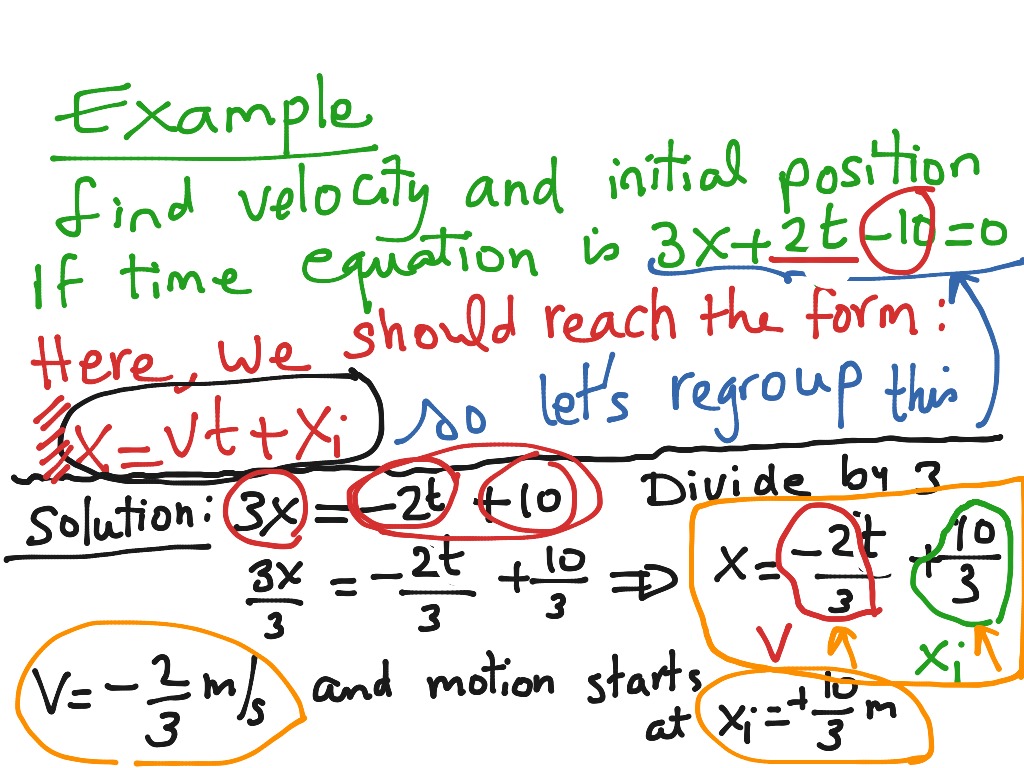

On a distance-time graph, speed corresponds to slope and thus the instantaneous speed of an object with non-constant speed can be found from the slope of a line tangent to its curve. There are other, simpler ways to find the instantaneous speed of a moving object. If you haven't dealt with calculus, don't sweat this definition too much. Or, in the language of calculus speed is the first derivative of distance with respect to time. This idea is written symbolically as… v = Mentally, however, it is possible to imagine calculating average speed over ever smaller time intervals until we have effectively calculated instantaneous speed. Ideally this interval should be as close to zero as possible, but in reality we are limited by the sensitivity of our measuring devices. In contrast, a car's speedometer shows its instantaneous speed, that is, the speed determined over a very small interval of time - an instant. This is the quantity we calculated for our hypothetical trip. Read it as "vee bar is delta ess over delta tee". The bar over the v indicates an average or a mean and the ∆ (delta) symbol indicates a change. In order to emphasize this point, the equation is sometimes modified as follows… v =

Thus, the number calculated above is not the speed of the car, it's the average speed for the entire journey. Unless you live in a world where cars have some kind of exceptional cruise control and traffic flows in some ideal manner, your speed during this hypothetical journey must certainly have varied. This is the answer the equation gives us, but how right is it? Was 75 kph the speed of the car? Yes, of course it was… Well, maybe, I guess… No, it couldn't have been the speed. If the trip takes four hours, what was your speed? Applying the formula above gives… v = The distance by road is roughly 300 km (200 miles). Let's say you drove a car from New York to Boston.

"Farther" and "sooner" correspond to "faster". In order to calculate the speed of an object we must know how far it's gone and how long it took to get there. Speed is the rate of change of distance with time. v =ĭon't like symbols? Well then, here's another way to define speed.


 0 kommentar(er)
0 kommentar(er)
